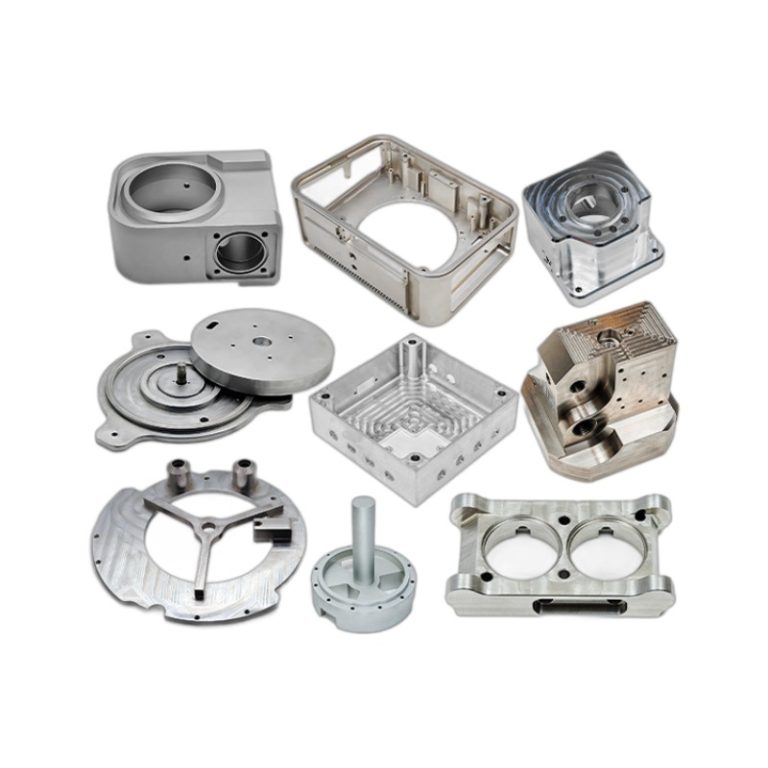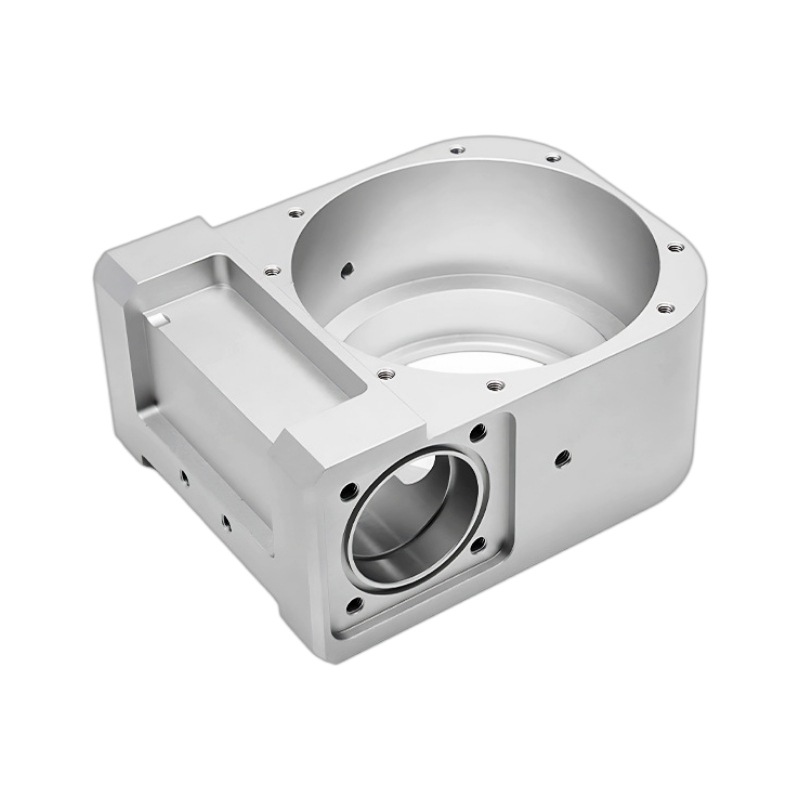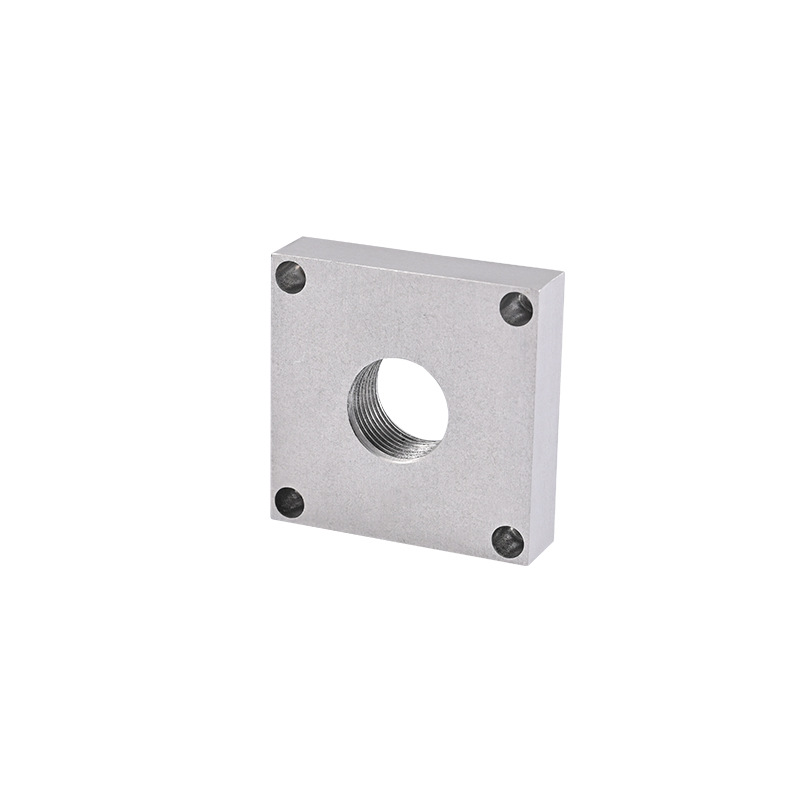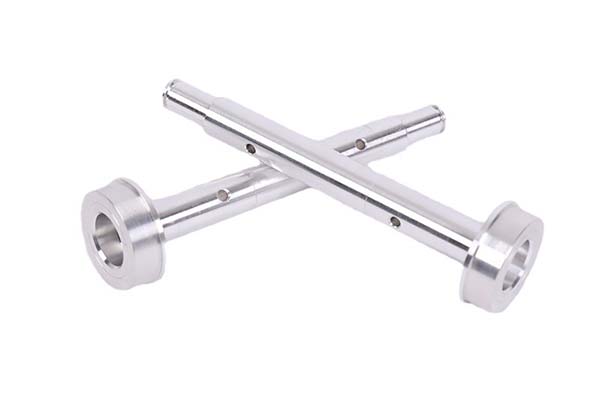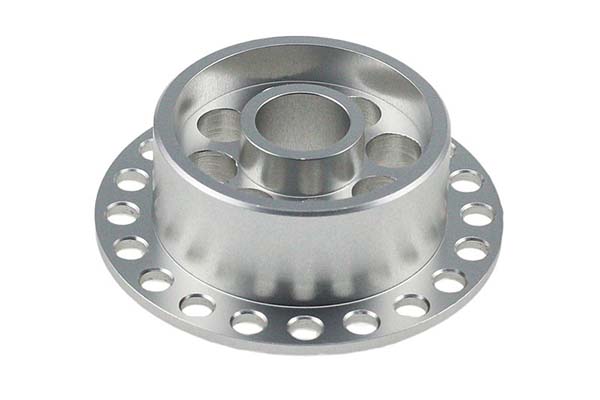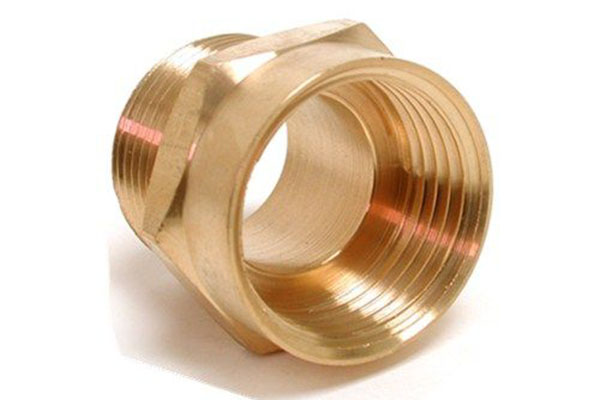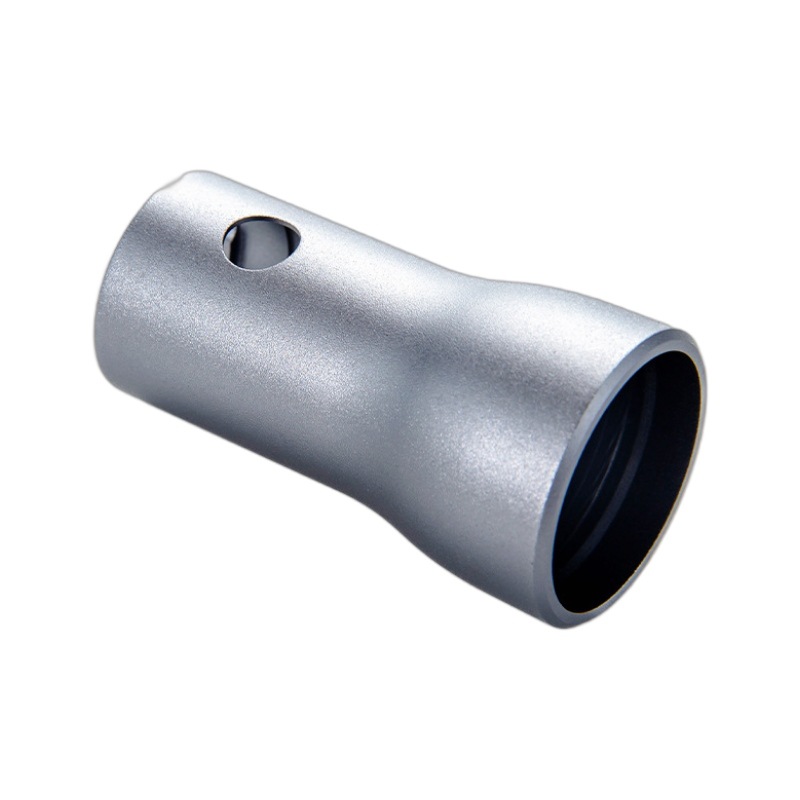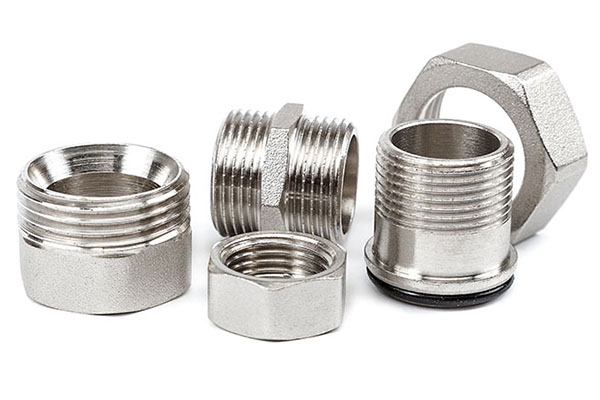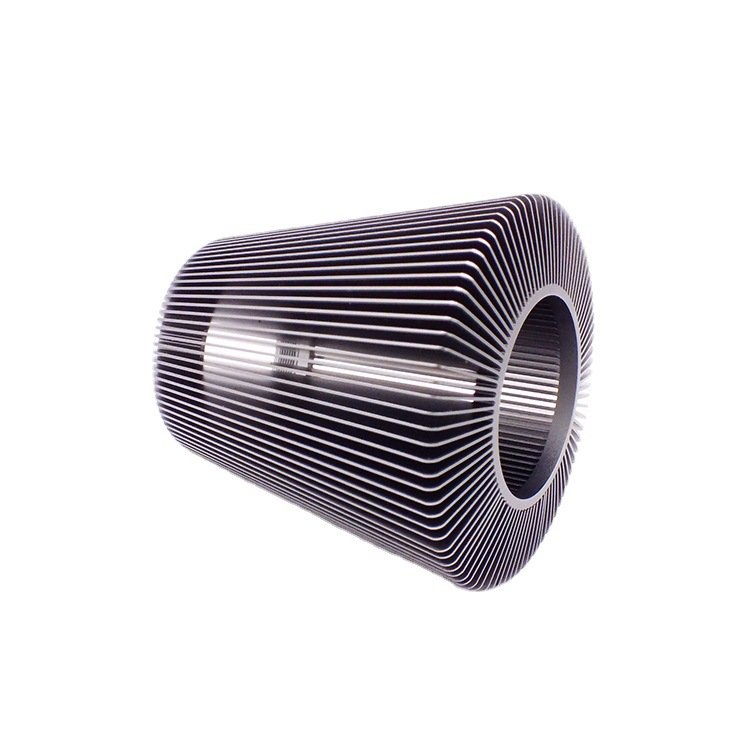Introduction to Five-Axis Machining
Definition and Basic Principles
Five-axis machining refers to a type of computer numerically controlled (CNC) machining that enables the simultaneous control of five axes of motion. These include the traditional three linear axes (X, Y, Z) and two rotational axes (A, B, or C). This multi-axis capability allows the cutting tool to approach the workpiece from virtually any angle, making it possible to machine highly complex geometries with unparalleled precision. Unlike traditional three-axis machining, which is limited to moving in straight lines along fixed axes, five-axis machining offers greater flexibility, enabling the production of intricate parts with more advanced features in a single setup.
History and Evolution of Technology
The evolution of multi-axis machining dates back to the early 20th century, but it wasn’t until the 1950s and the development of CNC technology that it became practical. The first commercially available five-axis CNC machines appeared in the 1980s. Over the decades, continuous advancements in both machine hardware and software have significantly enhanced the capabilities of five-axis machines, making them more accurate, reliable, and accessible. Today, five-axis machining is a critical technology in industries where high-precision parts with complex shapes are required.
Key Advantages of Five-Axis Machining
1. Precision and Accuracy
One of the most significant advantages of five-axis machining is its ability to achieve exceptional precision and tight tolerances. The ability to manipulate both rotational and linear axes simultaneously allows for more accurate tool positioning. This results in smoother finishes, reduced need for post-processing, and the ability to machine parts with micron-level accuracy. Industries like aerospace and medical device manufacturing depend on this high level of precision, where even the smallest deviations can have significant consequences.
2. Reduced Production Time and Setup
Five-axis machining reduces the time spent on both setup and machining operations. Unlike traditional three-axis machines that require multiple setups to machine complex parts, five-axis machines can perform various cutting operations in a single setup. This eliminates the need for repositioning the workpiece between operations, reducing human error and improving workflow efficiency. The time savings gained from fewer setups translate to faster production cycles and a shorter lead time for parts, making it ideal for industries where time-to-market is crucial.
3. Complex Geometry Capabilities
Five-axis machining excels in creating complex, intricate geometries that are difficult or impossible to produce with traditional three-axis machines. The ability to rotate and tilt the cutting tool allows for the creation of parts with undercuts, compound angles, and other sophisticated features. This flexibility makes five-axis machining indispensable for industries like aerospace, automotive, and medical manufacturing, where components often need to meet complex design requirements. Parts such as turbine blades, engine components, and custom implants are just a few examples of the types of complex geometries that benefit from five-axis machining.
Applications of Five-Axis Machining
1. Aerospace Industry
In the aerospace industry, five-axis machining is used to produce high-performance components such as turbine blades, engine casings, landing gear parts, and airframe components. These parts often require complex geometries, lightweight materials like titanium and composites, and precise tolerances for safety and performance. Five-axis machines enable manufacturers to process these materials with exceptional accuracy and efficiency. The ability to machine multiple features in one setup reduces costs and improves part quality, while maintaining the rigorous standards required for aerospace applications.
2. Automotive Sector
The automotive industry benefits from five-axis machining for the production of high-performance engine components, transmission parts, suspension elements, and other critical components. Five-axis machines can efficiently machine intricate parts with tight tolerances, such as engine blocks, valve components, and cylinder heads, which require precise angles and finishes. By reducing the need for multiple setups, five-axis machining also improves production times and lowers costs, all while ensuring the high level of performance and quality required for automotive applications.
3. Medical Device Manufacturing
In the medical device manufacturing sector, five-axis machining is used to create surgical instruments, implants, and other medical components that demand exceptional precision. For example, parts like custom joint implants, dental prosthetics, and orthopedic tools require extremely tight tolerances to ensure proper fit and functionality. Five-axis machines can produce these components from biocompatible materials such as titanium and stainless steel with high precision, ensuring patient safety and improving the success rates of medical procedures.
Comparison with Traditional Machining
Limitations of Three-Axis Machining
Traditional three-axis machining is limited to moving the cutting tool along three linear axes (X, Y, and Z). While suitable for simpler parts, it struggles to machine complex geometries. It requires multiple setups for parts with undercuts or angles, leading to increased risk of misalignment and human error during the process. Additionally, three-axis machines are less capable of handling complex features such as intricate angles, compound curves, or parts that require simultaneous movement across multiple axes.
Cost-Benefit Analysis
While five-axis machines typically come with higher initial costs due to the advanced technology and more intricate components, the benefits they provide often outweigh the costs. The long-term savings in production time, reduced scrap rates, improved product quality, and the ability to produce more complex parts justify the investment. Moreover, industries requiring high-precision components (such as aerospace and medical) find that the added cost is a small price to pay for the reduced risk of failure, faster lead times, and increased production capacity.
Conclusion and Implications
1. Impact on Manufacturing Efficiency
The adoption of five-axis machining in modern manufacturing has significantly improved efficiency. By reducing the number of setups, minimizing the potential for human error, and enabling the production of complex geometries in one operation, five-axis machining helps manufacturers deliver high-quality parts faster and more cost-effectively. This ability to produce intricate parts in a single setup translates into faster production times, lower operating costs, and higher product quality, giving companies a competitive advantage in industries where speed and precision are critical.
2. Potential for Further Innovation
The continued advancement of five-axis machining technology holds exciting potential for innovation in manufacturing. With ongoing developments in CNC programming, robotics, machine design, and material science, five-axis machines will likely continue to push the boundaries of what is possible. This will open up new applications in industries such as medical, aerospace, and energy, expanding the scope and versatility of five-axis machining.
FAQs
1. What is the difference between three-axis and five-axis machining?
Three-axis machining operates along three linear axes (X, Y, Z), allowing for basic movements of the cutting tool. In contrast, five-axis machining includes two rotational axes (A, B, or C) in addition to the three linear axes, enabling the tool to approach the workpiece from virtually any angle. This provides greater flexibility, precision, and the ability to machine complex geometries in a single setup.
2. What industries benefit most from five-axis machining?
Industries like aerospace, automotive, and medical device manufacturing benefit the most from five-axis machining due to their need for high-precision, complex components. These industries often work with advanced materials like titanium, composites, and high-performance alloys, which require advanced machining techniques to meet their stringent tolerances.
3. Is five-axis machining more expensive than traditional machining?
Yes, five-axis machines tend to have higher upfront costs due to their advanced capabilities. However, the long-term benefits—such as reduced production time, fewer setups, better part accuracy, and lower scrap rates—often justify the investment. Moreover, the ability to create more complex parts can open up new revenue streams and enhance competitive positioning in the market.
Conclusion
Five-axis machining represents a revolutionary leap in modern manufacturing, providing companies with the ability to produce highly intricate parts with superior precision and efficiency. By enabling the machining of complex geometries in a single setup, five-axis technology reduces production time, minimizes human error, and allows for the use of advanced materials. Though it involves higher initial investment, the benefits in terms of speed, cost-efficiency, and quality make five-axis machining a cornerstone of high-performance industries such as aerospace, automotive, and medical manufacturing. As technology advances, its capabilities will continue to expand, opening up new possibilities for manufacturing innovation.
